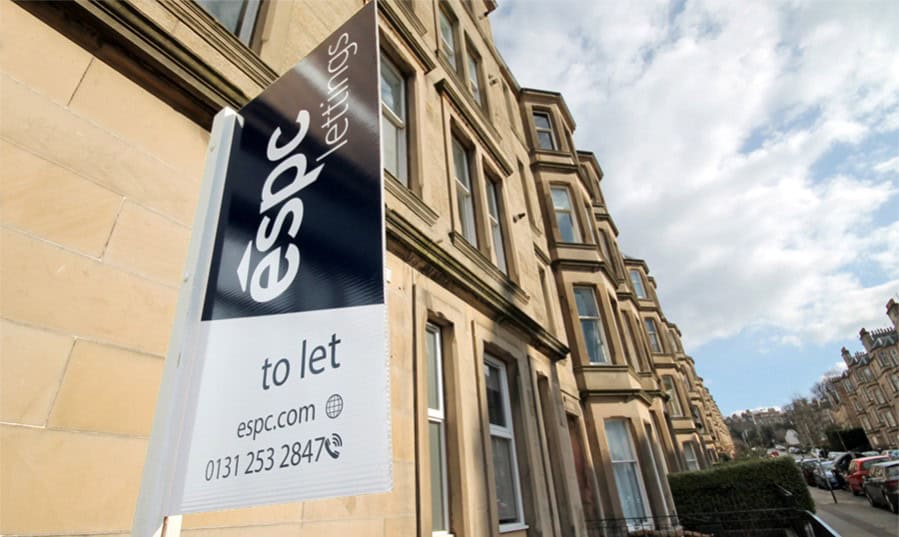Setting the right rental price is a delicate balance that requires careful consideration of market conditions, property attributes, and tenant expectations. In the competitive Scottish property market, and in Edinburgh specifically, where rental demand can vary significantly from urban to rural areas, landlords must be strategic to attract quality tenants and maximise returns.
Here are some essential tips to help landlords set appropriate rental prices:
- Conduct thorough market research
Understanding the local rental market is crucial. Analyse comparable properties in your area to gauge the going rates, paying attention to properties similar in size, condition, and location to your own. This comparative analysis will help you set a competitive price without overpricing or under-pricing your property.
Rental tools such as Citylet’s https://www.citylets.co.uk/ ‘Optilet’ can provide insights into listings and average rents. Local letting agents can also advise on the current open market rate for your property type, which can be invaluable while the market is experiencing so much change, and while there are such strict rules in place around the rental rates landlords are permitted to set.
- Consider the property’s unique selling points
Every property has unique features that can potentially justify a higher rental price. Proximity to public transport, schools, and amenities, as well as features like parking, modern appliances, or a garden, can add value. Highlight these aspects in your listing and consider them when setting your price. Properties with desirable features can attract quality tenants willing to pay a premium.
- Factor in Seasonal Variations
Rental demand can fluctuate with the seasons – even in Edinburgh. In university towns and cities, demand peaks before the academic year starts, with particularly high demand reaching into the summer months.
Adjusting your rental price to reflect these patterns can help you capitalise on periods of high demand and ensure your property doesn’t sit vacant during off-peak times.
- Offer competitive rental agreements
Sometimes, flexibility in rental agreements can make your property more attractive, depending on your target market for tenants. Potentially including utility bills in the rent, or providing fully-furnished options, could make your property more appealing to a particular demographic, such as students, which may in turn help you to justify a higher rental price.
- Maintain and enhance your property
A well-maintained property not only attracts quality tenants but can also command higher rent, as tenants rightly want to live somewhere that is attractive, appealing and homely.
Regular maintenance, timely repairs, and periodic upgrades keep your property in top condition, while you could also consider investing in energy-efficient appliances or making aesthetic improvements like repainting or landscaping. Such enhancements can increase your property’s value and justify a higher rental price.
- Assess your target tenant demographic
Understanding your ideal tenant profile can help you set a price that aligns with their expectations and budget. Young professionals might prioritise modern amenities and proximity to workplaces, while families might value larger spaces and good school districts. Tailor your pricing strategy to meet the needs of your target demographic, ensuring it appeals to their preferences and financial capacity. Again, speaking to a local lettings expert can help you to ascertain this.
- Be transparent and competitive
Transparency builds trust with potential tenants. Clearly outline what is included in the rent, such as utilities, maintenance services, or communal area usage. Competitive pricing, combined with transparency, can differentiate your property in a crowded market. Tenants are more likely to choose a property where they feel they are getting fair value for their money.
- Monitor market trends and adjust accordingly
The rental market is dynamic, and staying updated with trends and legislation is vital. Regularly review local market conditions and adjust your rental price as needed. If the market softens, lowering your rent slightly, might prevent prolonged vacancies. Conversely, if demand increases, you can consider a modest rent increase to maximise returns, as long as this sits within the current guidelines for fair rental rate increases.
- Seek professional advice
If you’re unsure about setting the right rental price, consider consulting a property management company or letting agent. They have in-depth market knowledge and can provide valuable insights and recommendations. Their expertise can help you set a rental price that balances attracting quality tenants and maximising your returns.
Conclusion
Setting an appropriate rental price requires a mix of market awareness, property management, and strategic planning. By conducting thorough research, maintaining your property, and understanding tenant needs, you can attract quality tenants while ensuring your investment yields optimal returns. In the competitive Scottish rental market, a well-priced property stands out, offering both landlord and tenant a mutually beneficial arrangement.











